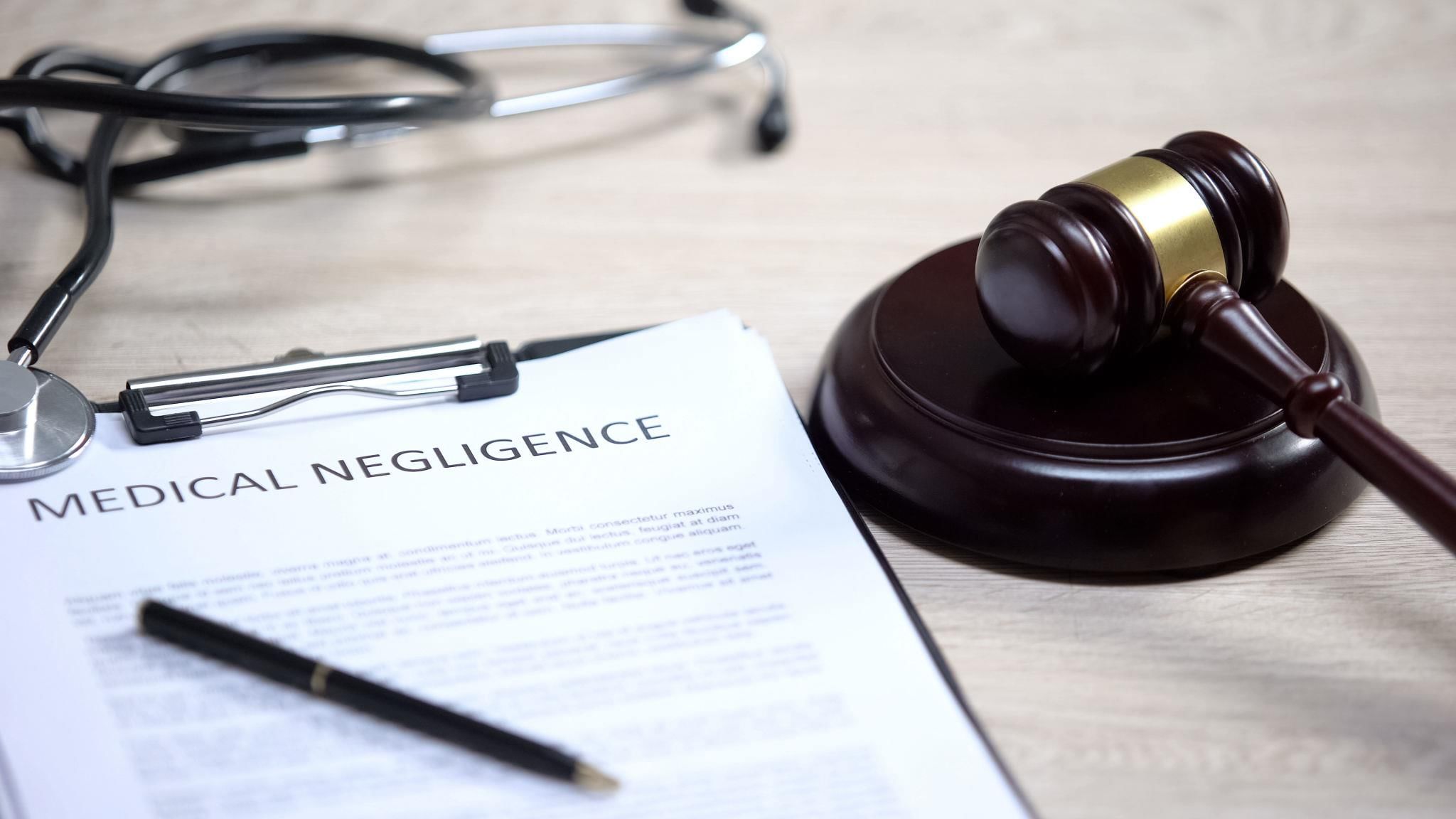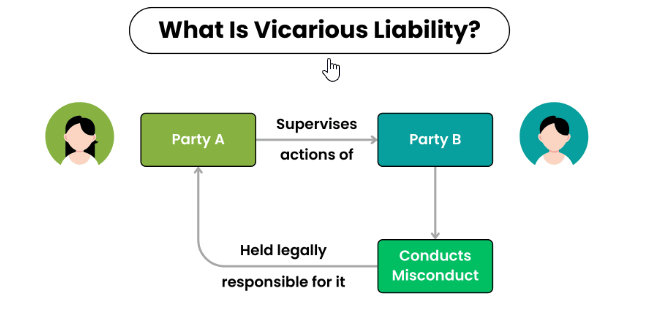Passage Based Questions: Law of Torts | Legal Reasoning for CLAT PDF Download
Passage 1: Negligence and Duty of Care
Negligence forms the bedrock of tort law in India, imposing liability when a person breaches a duty of care, causing foreseeable harm to another. To succeed in a negligence claim, the plaintiff must establish: (1) the defendant owed a duty of care, (2) the duty was breached through unreasonable conduct, (3) the breach caused the harm, and (4) the harm resulted in legally compensable damages. The duty of care was famously articulated in Donoghue v. Stevenson (1932), which introduced the neighbor principle: one must avoid acts or omissions that could reasonably foresee harm to those closely affected. In India, this principle underpins cases like M.C. Mehta v. Union of India (1987), where the Supreme Court held industries liable for environmental damage due to negligent handling of hazardous substances. Indian courts also recognize defenses such as contributory negligence, where the plaintiff’s own negligence reduces or bars recovery, as codified under Section 3 of the Indian Motor Vehicles Act, 1988. Consider a hypothetical case: Arjun, a taxi driver, was driving at 70 km/h in a 40 km/h residential zone, distracted by a phone call. He collided with Neha, a cyclist, who was riding without a helmet and failed to notice Arjun’s vehicle. Neha sustained fractures and sued Arjun for negligence, alleging he breached his duty as a driver. Arjun countered that Neha’s failure to wear a helmet and her inattention constituted contributory negligence. The court must assess whether Arjun’s speeding was the primary cause of the accident and whether Neha’s actions mitigate his liability. Under Indian law, the Motor Vehicles Act imposes strict duties on drivers to adhere to speed limits and exercise caution, but courts apportion liability based on the degree of fault, as seen in Rajkot Municipal Corporation v. Manjulben Jayantilal Nakum (1997). The case raises questions about balancing individual responsibility with public safety obligations, especially in urban settings where road accidents are a growing concern in 2024. Additionally, the principle of res ipsa loquitur (the thing speaks for itself) may apply if Arjun’s excessive speed is deemed inherently negligent, shifting the burden to him to prove he was not at fault.

1. What is the primary requirement to establish a claim of negligence in tort law?
(A) Proof of intentional harm
(B) Existence of a contractual relationship
(C) Breach of a duty of care causing harm
(D) Financial loss without physical harm
 View Answer
View Answer 
Answer: C
Negligence requires proving a duty of care, breach, causation, and damages, as outlined in the passage. Intentional harm relates to other torts, contracts are irrelevant, and financial loss alone is insufficient.
2. In the scenario, what defense might Arjun use to reduce his liability?
(A) Absolute privilege
(B) Contributory negligence
(C) Act of God
(D) Vicarious liability
 View Answer
View Answer 
Answer: B
Arjun argues Neha’s lack of a helmet and inattention contributed to the harm, which is contributory negligence. Absolute privilege applies to defamation, Act of God to natural events, and vicarious liability to employer-employee cases.
3. Which case mentioned in the passage established the neighbor principle?
(A) M.C. Mehta v. Union of India
(B) Donoghue v. Stevenson
(C) Rajkot Municipal Corporation v. Manjulben Jayantilal Nakum
(D) None of the above
 View Answer
View Answer 
Answer: B
The passage cites Donoghue v. Stevenson (1932) as establishing the neighbor principle for duty of care.
4. If Neha’s injuries were partly due to her failure to wear a helmet, how might the court apportion liability under Indian law?
(A) Hold Arjun fully liable due to the Motor Vehicles Act
(B) Dismiss the case as Neha was inattentive
(C) Reduce Arjun’s liability based on contributory negligence
(D) Impose strict liability on Arjun
 View Answer
View Answer 
Answer: C
Explanation: The passage notes that Indian courts, per the Motor Vehicles Act and cases like Rajkot Municipal Corporation, apportion liability based on contributory negligence when the plaintiff’s actions contribute to the harm.
5. What role does the principle of res ipsa loquitur play in Arjun’s case?
(A) It shifts the burden to Neha to prove her injuries
(B) It presumes Arjun’s negligence due to excessive speed
(C) It eliminates Arjun’s liability
(D) It requires a contractual agreement
 View Answer
View Answer 
Answer: B
The passage explains that res ipsa loquitur presumes negligence when the act (e.g., speeding) inherently suggests fault, shifting the burden to Arjun to disprove it.
Passage 2: Vicarious Liability in Tort Law
Vicarious liability is a critical doctrine in Indian tort law, holding one party, typically an employer, liable for torts committed by another, usually an employee, during the course of employment. This principle, rooted in the maxim qui facit per alium facit per se (he who acts through another acts himself), ensures that employers bear responsibility for risks arising from their business operations. In State of Rajasthan v. Vidyawati (1962), the Supreme Court held the state vicariously liable for a government driver’s negligent driving, as it occurred during official duties. Similarly, Pushpabai v. Ranjit Ginning & Pressing Co. (1977) clarified that an employee’s act falls within the course of employment if it is closely connected to authorized tasks, even if slightly deviant. However, liability does not extend to acts performed for personal purposes, as seen in Sitaram Motilal Kalal v. Santanuprasad Jaishanker Bhatt (1966), where a driver’s unauthorized detour absolved the employer. Consider a scenario: Priya, a courier for SwiftLogistics, was tasked with delivering packages within Delhi. After her last delivery, she drove the company van to meet a friend in Noida, against company policy. While speeding, Priya collided with Rohan’s motorcycle, causing severe injuries. Rohan sues SwiftLogistics, claiming vicarious liability for Priya’s negligence. SwiftLogistics argues that Priya’s trip to Noida was outside her employment scope. Indian courts, following Pushpabai, assess whether the employee’s actions were incidental to or a “frolic of their own.” Additionally, Section 3 of the Workmen’s Compensation Act, 1923, may influence liability if the employee’s actions are deemed work-related. The case highlights the tension between employer accountability and employee autonomy, especially in gig economy models prevalent in 2024, where clear employment boundaries are often blurred. If Priya had caused the accident during a delivery, SwiftLogistics would likely face liability, but her personal errand complicates the analysis, requiring courts to balance fairness and deterrence.

1. What is the basis for holding an employer liable under vicarious liability?
(A) The employer’s direct negligence
(B) The employee’s actions within the course of employment
(C) The employee’s personal intentions
(D) The employer’s financial capacity
 View Answer
View Answer 
Answer: B
The passage states that vicarious liability applies when an employee’s tort occurs within the course of employment, not due to employer negligence or employee intent.
2. In the scenario, why might SwiftLogistics avoid liability for Priya’s actions?
(A) Priya was driving a company vehicle
(B) Priya was acting outside the scope of employment
(C) Rohan suffered no actual damage
(D) SwiftLogistics had no insurance
 View Answer
View Answer 
Answer: B
The passage explains that employers are not liable for acts outside employment scope, as Priya’s personal trip to Noida was, per Sitaram Motilal Kalal.
3. Which case illustrates vicarious liability for a driver’s negligence in India?
(A) Donoghue v. Stevenson
(B) State of Rajasthan v. Vidyawati
(C) M.C. Mehta v. Union of India
(D) Pushpabai v. Ranjit Ginning & Pressing Co.
 View Answer
View Answer 
Answer: B
The passage cites State of Rajasthan v. Vidyawati (1962) as an example of state liability for a driver’s negligence during official duties.
4. If Priya had caused the accident while delivering packages, what would likely be SwiftLogistics’ liability?
(A) No liability, as Priya was driving
(B) Vicarious liability, as the act was within employment scope
(C) Strict liability, due to vehicle ownership
(D) Liability only if SwiftLogistics was negligent
 View Answer
View Answer 
Answer: B
The passage indicates that employers are vicariously liable for employee actions within employment scope, such as deliveries, per Pushpabai.
5. What factor determines whether Priya’s act falls within the course of employment under Indian law?
(A) The time of the incident
(B) The connection to authorized duties
(C) The employee’s qualifications
(D) The employer’s instructions
 View Answer
View Answer 
Answer: B
The passage notes that courts, per Pushpabai, assess whether the employee’s actions are closely connected to authorized duties.
Passage 3: Nuisance and Environmental Torts
Nuisance and environmental torts address wrongs arising from interference with property rights or public welfare, particularly in India’s rapidly industrializing landscape. Nuisance is categorized as private, affecting an individual’s use of their land, or public, impacting the community at large. Private nuisance includes acts like pollution or noise that impair property enjoyment, while public nuisance involves widespread harm, such as health hazards from environmental degradation. In Ratlam Municipality v. Vardichand (1980), the Supreme Court mandated a municipality to remedy public nuisance caused by open drains, emphasizing public health under Article 47 of the Constitution. Environmental torts gained prominence in M.C. Mehta v. Union of India (1987), where the court imposed strict liability on industries for harm from hazardous activities, bypassing the need to prove negligence. This principle, derived from Rylands v. Fletcher (1868), holds that ultra-hazardous activities attract absolute responsibility. Consider a scenario: GreenFields Ltd., a pesticide factory, discharged untreated effluents into a river, contaminating farmland owned by Kavita and causing respiratory illnesses in nearby villages. Kavita sues for private nuisance, claiming crop failure, while the villagers file for public nuisance and seek damages under strict liability. GreenFields argues it complied with regulatory permits and that the harm was unintentional. Indian courts, following M.C. Mehta, prioritize strict liability for hazardous industries, though defenses like statutory authority may mitigate damages, as seen in Kasturi Lal v. State of U.P. (1965). The case reflects India’s 2024 environmental challenges, where industrial growth often clashes with sustainable development goals under the Environment Protection Act, 1986. The judiciary’s role in balancing economic progress with ecological justice is critical, especially as climate litigation rises. If GreenFields’ effluents were found to violate permit conditions, the court might award injunctions and damages, reinforcing the polluter-pays principle.

1. What tort is Kavita likely to claim against GreenFields for her crop failure?
(A) Public nuisance
(B) Private nuisance
(C) Negligence
(D) Trespass
 View Answer
View Answer 
Answer: B
Kavita’s claim for crop failure due to effluent contamination is private nuisance, as it affects her specific property rights, per the passage.
2. What principle from M.C. Mehta v. Union of India applies to GreenFields’ liability?
(A) Contributory negligence
(B) Strict liability
(C) Vicarious liability
(D) Act of God
 View Answer
View Answer 
Answer: B
The passage states that M.C. Mehta established strict liability for hazardous activities, applicable to GreenFields’ effluent discharge.
3. What remedy did the Supreme Court order in Ratlam Municipality v. Vardichand?
(A) Monetary compensation
(B) Closure of the municipality
(C) Addressing the public nuisance of open drains
(D) Imprisonment of officials
 View Answer
View Answer 
Answer: C
The passage notes that the court ordered the municipality to remedy the public nuisance caused by open drains.
4. If GreenFields proves compliance with regulatory permits, how might this affect its liability?
(A) It eliminates liability
(B) It may reduce liability but not eliminate it under strict liability
(C) It shifts liability to the government
(D) It makes the villagers liable
 View Answer
View Answer 
Answer: B
The passage indicates that strict liability applies regardless of intent, but defenses like statutory authority, per Kasturi Lal, may reduce liability.
5. What broader issue does the scenario highlight in Indian tort law?
(A) Balancing industrial growth with environmental protection
(B) Regulating employee conduct
(C) Enforcing contract breaches
(D) Preventing defamation
 View Answer
View Answer 
Answer: A
The passage emphasizes the conflict between industrial progress and environmental protection, central to the scenario.
|
63 videos|175 docs|37 tests
|
FAQs on Passage Based Questions: Law of Torts - Legal Reasoning for CLAT
| 1. What is the law of torts? |  |
| 2. What are some common types of torts? |  |
| 3. How is negligence determined in tort cases? |  |
| 4. Can a person be held liable for unintentional torts? |  |
| 5. What is the significance of the Law of Torts in CLAT exam? |  |





















